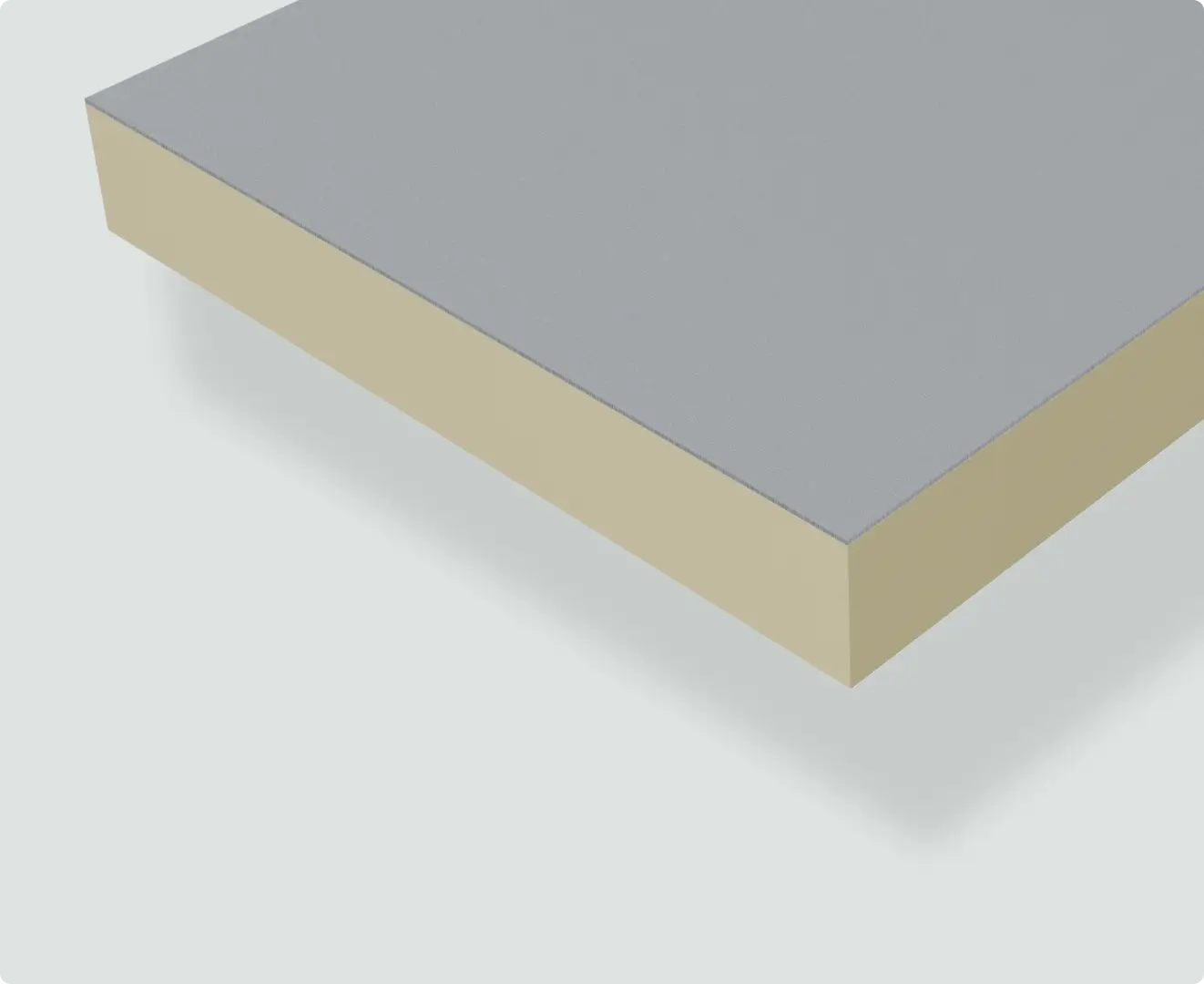Facade thermal insulation optimally, with the use of Innopan PIR thermal insulation boards
Structures with good thermal insulation ensure a high level of living comfort and a constant feeling of well-being, which gives a pleasant temperature that can be felt throughout the house - warm in winter and cool in summer. Since the building's largest external delimiting structure is the facade, up to 30% of the building's total heat loss can escape through it in the case of a single-family house. With a well-chosen layering of the wall structure, we can not only reduce this heat loss and thus the costs spent on heating - cooling in the summer - but last but not least, this energy does not even have to be produced, so we can also contribute to the reduction of CO2 emissions and the natural to conserve resources.
The continuous development of thermal insulation materials and, of course, the tightening of regulations offers and demands the construction of increasingly modern and efficient facade thermal protection. In addition to the usual thermal insulation materials, the Innopan PIR MF/Therm Front-E facade thermal insulation system offers a good alternative. For the first time in Hungary, we offer a polyurethane-based system with the best heat conduction factor, which can therefore be installed with a thinner cross-section. The Innopan PIR MF/Therm Front-E thermal insulation board is suitable for facade installation, tested by TÜV and ÉMI, and has a fire resistance limit of 45 minutes. Its thermal conductivity factor is exceptionally low λD = 0.024 W/m². It is easy and quick to implement, and due to its compressive strength of 120 kPa, it is also suitable for plinth installation, thus ensuring continuous, thermal bridge-free insulation on the entire facade.
Value expected according to hungarian regulation U = 0,24 W/m2K
In Hungary, the heat transmission factor (U value) will be subject to new energy requirements from 2024, which were set out in Decree 7/2006. (V. 24.) regulated by TNM decree. This maximizes the U value of facades at 0.24 W/m2K. Of course, the regulation applies to newly built buildings, but it can also be a good guideline for renovations. The thermal insulation limit specified in the decree can be met with the Innopan PIR MF/Therm Front-E facade thermal insulation panel - depending on the material of the masonry - in a thickness of 30-90 mm.
Recommended value U = 0,17 W/m2K
The decree clearly defines the minimum requirements for thermal insulation, but at the same time, with a few centimeters of extra thermal insulation material, we can take a significant step towards a more energy-efficient home. In practice, this not only has a positive effect on living comfort - as it reduces temperature fluctuations - but also saves a significant amount of energy. The maximum heat transfer coefficient recommended by Innopan is U = 0.17 W/m2K, to achieve which, using the Innopan PIR MF/Therm Front-E facade thermal insulation board, a 40-130 mm thick thermal insulation layer is required, depending on the material of the masonry.
Passive house standard U = 0,10 W/m2K
A passive house is a building that is extremely energy-efficient, has low energy consumption, and provides a high level of comfort for the residents. Accordingly, the U-value of the installed thermal insulation far exceeds the standard defined by the decree. For the boundary structures of passive houses, the achievable thermal transmittance limit U = 0.10 W/m2K. To exceed this value, using Innopan PIR MF/Therm Front-E facade thermal insulation boards, a 130-230 mm thick thermal insulation layer is required, depending on the material of the masonry.


